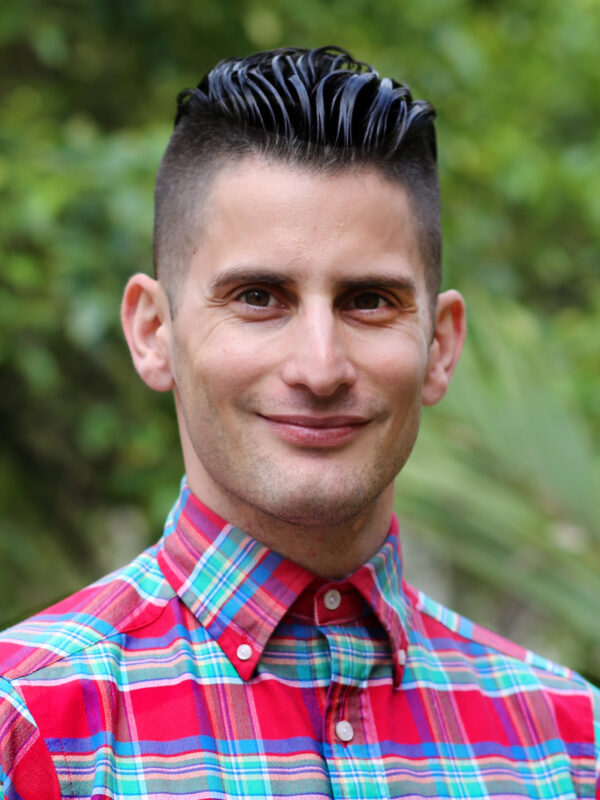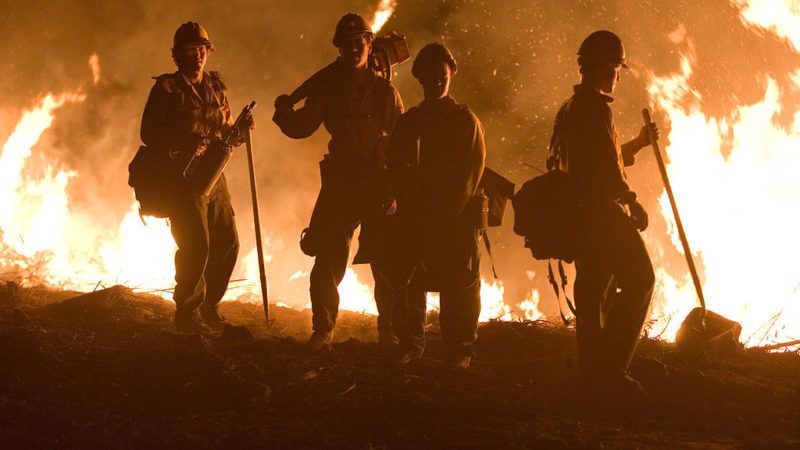
Stefan Rahimi
Assistant Researcher, Regional Modeling Lead
Center for Climate Science
Stefan’s prime interests are synoptic and mesoscale dynamic meteorology, but his passion is people. Growing up in central Oklahoma, he obtained both his BS and MS in meteorology from the University of Oklahoma. He has always been extremely interested in tornadoes, so it was a thrill for him to be able to study flows around simulated tornadoes for his Master’s research. On the side, Stefan successfully chased tornadoes, too, intercepting between 35–50.
Following the completion of his MS, Stefan earned his PhD at the University of Wyoming, where he conducted both regional and global climate model simulations to quantify the impacts of light-absorbing aerosols on the general circulation of the atmosphere, water resources, and the surface energy budget. Stefan made use of his passion for synoptic dynamic meteorology by applying fundamental concepts of quasigeostrophic theory into his analyses of aerosol-climate interactions.
In a process referred to as dynamical downscaling, Stefan is currently making use of global climate model output to drive high-resolution future Weather Research and Forecasting (WRF) model simulations out to the year 2100. The overarching goal of this collaborative work is to quantify how atmospheric conditions favorable for California wildfires will change in a changing climate. Stefan also uses WRF coupled with chemistry (WRF-Chem) to study river basin ozone production across Wyoming, aerosol-cloud interactions off the California coast, and dust across central Asia at convective permitting scales.
With his passion being people, Stefan studies these atmospheric puzzles not based purely out of scientific interest, but also out of a sincere desire to energize communities about the need to mitigate climate change for the common good.

